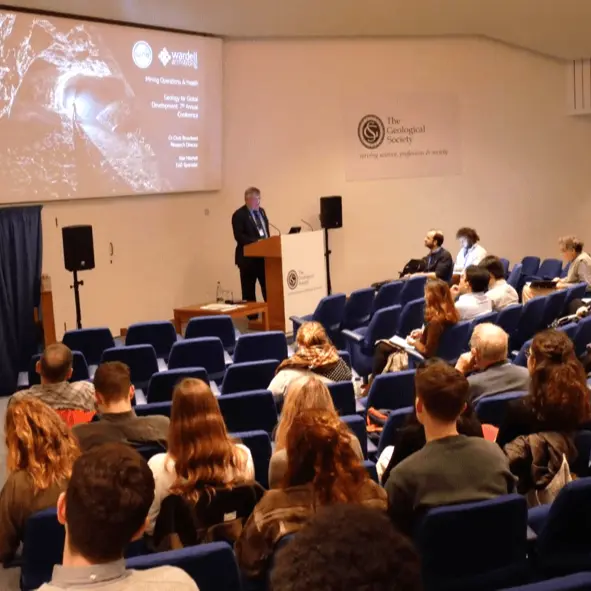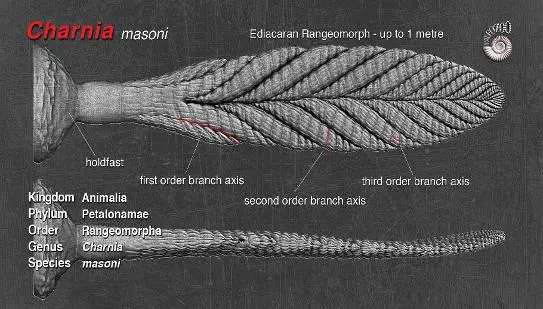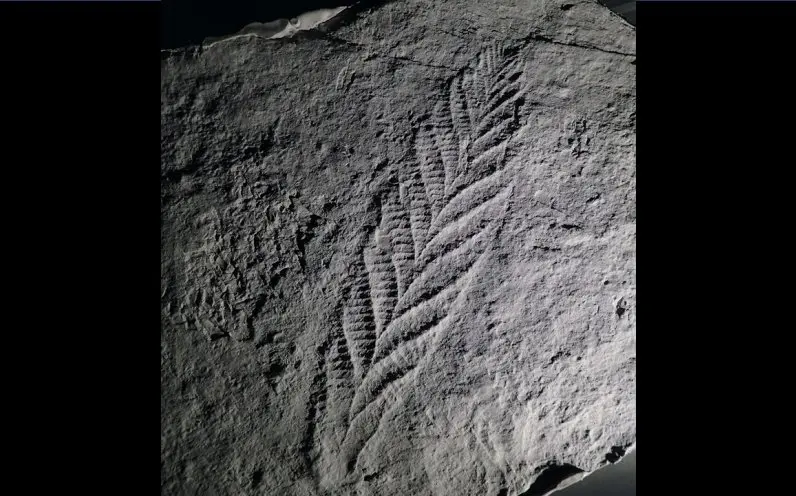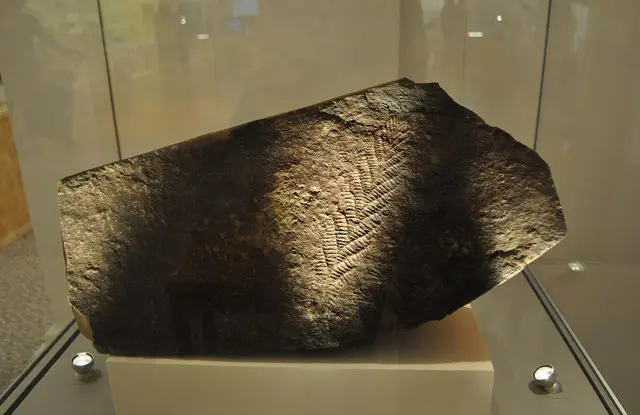Projects and Achievements
Charnia Research Group actively participates in various projects aimed at studying the Ediacaran biota. One of the group's key projects involves investigating Charnia masoni and other fossils found in Charnwood Forest using advanced methods such as X-ray tomography and field studies. These studies have led to significant discoveries about ancient ecosystems and the structure of the earliest multicellular organisms. A major achievement of the group was proving that Charnia belongs to Eumetazoa, expanding the understanding of animal evolution. The group also researches other finds, such as Charniodiscus and Bradgatia, which help to understand the diversity and distribution of the Ediacaran biota. The group's participation in international conferences, such as the International Paleontology Congress, confirms its leading role in the scientific community. All data on projects and achievements have been carefully verified and supported by scientific publications in peer-reviewed journals.

Publications and Articles
Charnia Research Group has released numerous important publications, which have been published in leading scientific journals such as Palaeontology and Journal of Paleontology. The subjects of these publications cover a wide range of issues, including the study of the morphology and ecology of Ediacaran organisms, as well as methods of their study. Among the key works are articles dedicated to the X-ray tomography of Charnia and its related forms. All publications are confirmed by verified academic sources, ensuring the accuracy and relevance of the presented data.

Discoveries and Findings
Some of the most significant findings of the group include unique fossils such as Charnia masoni, Charniodiscus, and Bradgatia, discovered in Charnwood Forest and other locations. These finds play a key role in understanding the evolution of early multicellular organisms and their ecosystems. The geographic distribution of these fossils extends from England to Australia and Canada, indicating the wide distribution of the Ediacaran biota. The importance of these discoveries is confirmed by numerous peer-reviewed articles and official reports. For example, the study of the structure of Charnia using X-ray tomography has provided new data on its internal structure and development. All data are confirmed by scientific sources and have undergone thorough verification.












